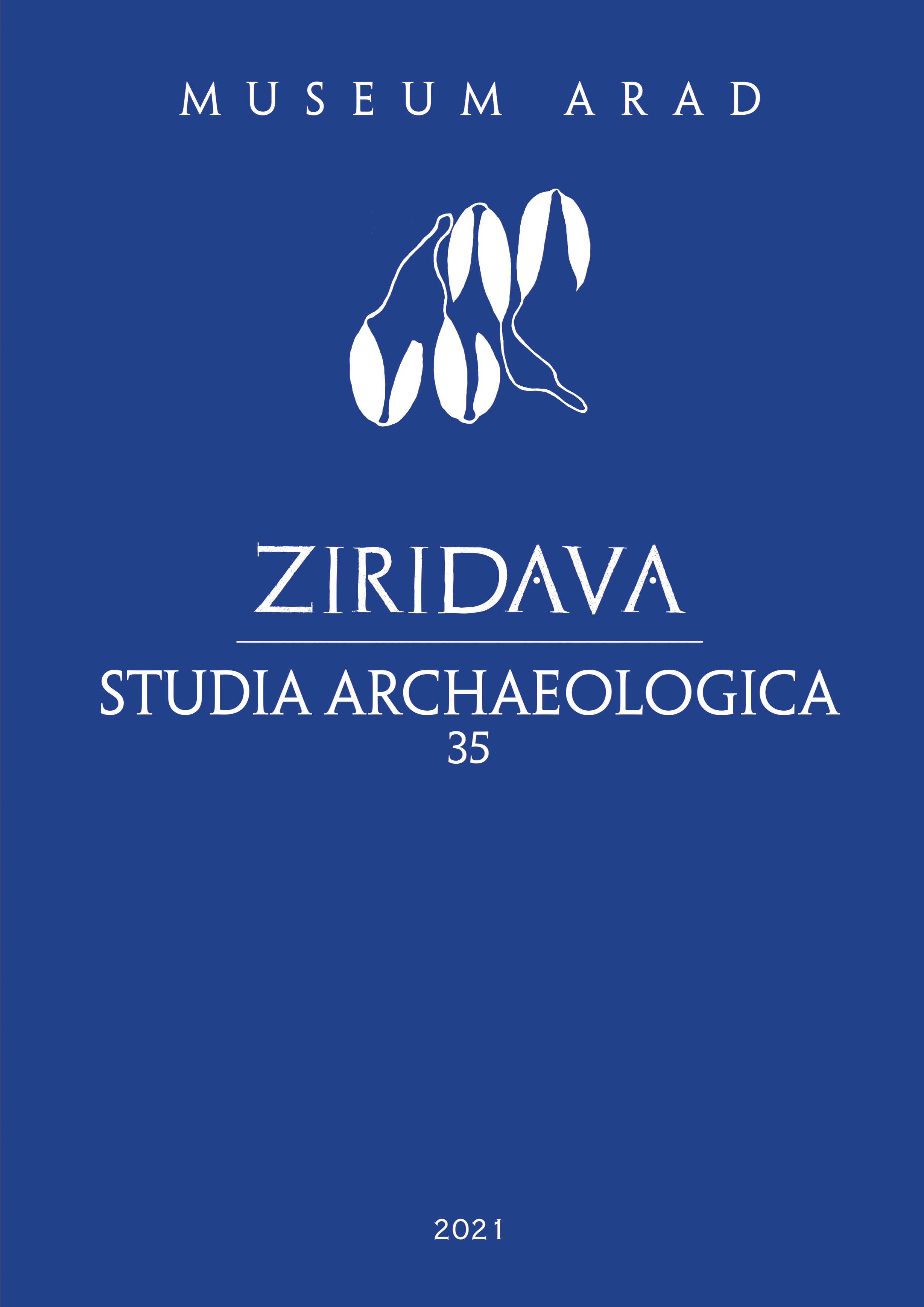The Yamnaya mounds and the local cultural traditions of the first half of the 3rd millennium in Muntenia. The archaeological excavations of Moara Vlăsiei (Ilfov County)
The Yamnaya mounds and the local cultural traditions of the first half of the 3rd millennium in Muntenia. The archaeological excavations
of Moara Vlăsiei (Ilfov County)
Author(s): Alin FrînculeasaSubject(s): Archaeology, Prehistory
Published by: Editura Mega Print SRL
Keywords: Moara Vlăsiei; Muntenia; 3rd millennium BC; mounds; Yamnaya;
Summary/Abstract: The prehistoric (post-Eneolithic) tumular phenomenon seemed to evolve into a rather uninteresting topic for Western research once Marija Gimbutas left the archaeological stage. Most of her theories regarding the waves of kurgans and Indo-European populations had meanwhile become a historiographic heritage. Recently, research on the prehistoric tumular phenomenon has reached a scale that was completely unexpected some years ago. New palaeogenetic, isotopic and linguistic investigations have brought the topic back into debate, however, in a slightly more sophisticated approach. Although her contributions are not particularly highlighted, Marija Gimbutas once again occupies a place in the discussions. At the same time, the tumular/Yamnaya phenomenon of the first half of the 3rd millennium BC seems an overexposed topic, very present in what are considered as high standard publications by the elite of researchers in the field. Although mentioned, the Yamnaya impact on local societies does not deal in most cases with the affected subjects. In this article, by presenting a case study, we aim to bring out of the shadow of the mounds segments of local societies that are presumed to have interacted with the newcomers. The existence of local cultures/aspects in southern Romania, which intersect chronologically with the tumular funerary phenomenon, is not a new topic, but in the absence of new archaeological finds the debates seem subsidiary. In this study, we try to outline and analyse with available means an episode dated to the first half of the 3rd millennium BC on the Lower Danube, without segregating the local world from newcomers. Starting from the archaeological research conducted in the locality of Moara Vlăsiei (Ilfov), our text will seek to identify directly or indirectly these traces that seem to be relatively discreet and isolated. At the same time, it aims to offer an alternative to what tends to become a unilateral discourse, namely the negative/violent impact the Yamnaya migration to the west had on local societies. The Yamnaya phenomenon has certain peculiarities in the West-Pontic region precisely because here it intersected with the local cultural environment. Archaeological information, as elusive as it is, speaks of a not at all one-way direction of the impact the Yamnaya had on local societies. The interaction of the two sides seems to be more complex.
Journal: Ziridava. Studia Archaeologica
- Issue Year: 35/2021
- Issue No: 1
- Page Range: 49-105
- Page Count: 57
- Language: English

